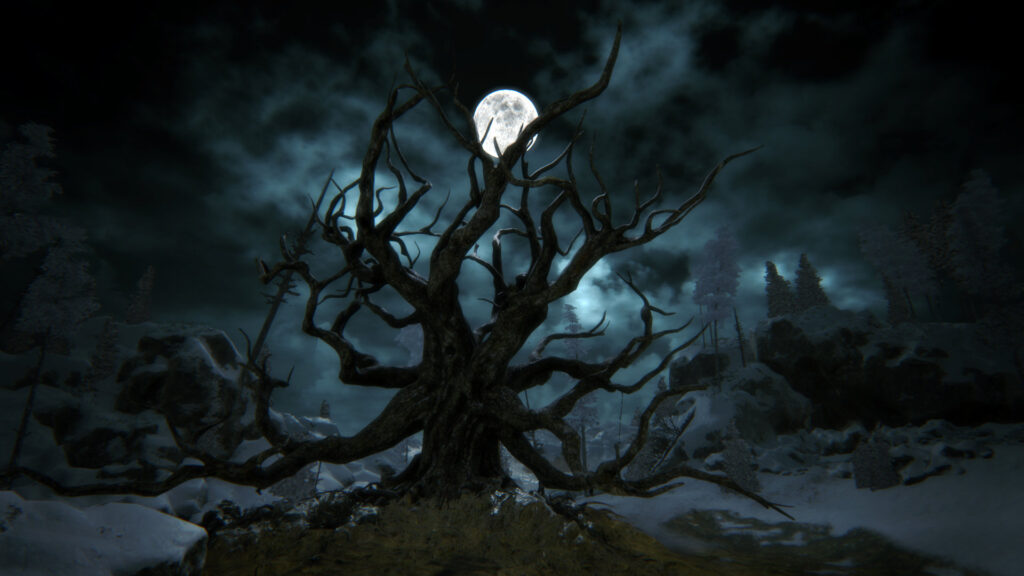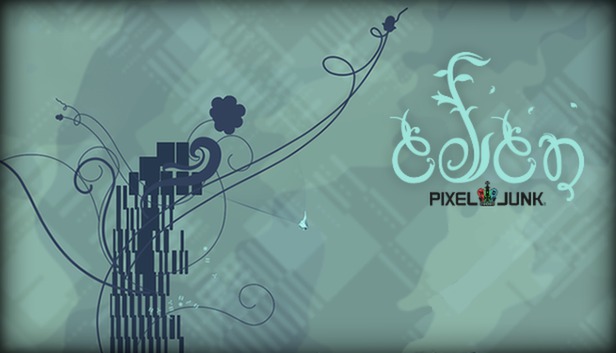

How Indie Games Between 2008-2015 Kicked Down the Gaming Industry’s Door
There’s something magical about booting up an indie game from the golden era between 2008 and 2015. It feels raw – like you’re peeking into the soul of a developer who poured everything they had into pixels and code. For those of us who lived through this time, it was the era that changed everything. Indie games weren’t just a quirky corner of the gaming world – they became the punk rock that tore through the carefully orchestrated symphonies of AAA franchises.
While the big dogs were busy churning out their fourteenth FPS sequel or cramming open worlds with copy-paste fetch quests, indie devs were doing something wild – they were telling stories we actually cared about. They were taking risks, pushing the limits of what games could be, and doing it all without billion-dollar budgets. And the best part? They were winning.
The Rise of the Underdogs
Let’s set the stage. By the late 2000s, the gaming world felt like it was heading in one direction – bigger, louder, shinier. Games were getting longer, graphics more realistic, and every developer wanted to be the next Call of Duty or Skyrim. But somewhere in the background, a different kind of movement was brewing – one fueled by creativity, passion, and a desire to just make cool shit.
Indie developers didn’t have the luxury of bloated teams or multi-year development cycles. What they did have was the rise of digital distribution platforms like Steam, Xbox Live Arcade, and PlayStation Network. Suddenly, getting your game in front of players wasn’t a pipe dream – it was just a few clicks away. This was a game-changer.
Pair that with the growing accessibility of game engines like Unity and GameMaker, and you had the perfect storm for small teams and solo devs to make waves. And oh boy, did they.
The Games That Defined a Generation
If you’re a gamer, I guarantee at least one of these titles has shaped the way you think about video games. Let’s take a stroll down memory lane, shall we?
2008 – Braid
Jonathan Blow dropped Braid like a nuke onto the indie scene, and it left everyone scratching their heads in the best way. A puzzle-platformer with time manipulation mechanics and existential dread hidden under painterly visuals? Yeah, this wasn’t your typical side-scroller. Braid forced players to think – not just about how to beat each level, but about what it all meant. It was artsy without being pretentious, and it kicked open the door for narrative-driven indies.
2008 – PixelJunk Eden
This one holds a special place in my heart. PixelJunk Eden by Q-Games wasn’t so much a game as it was a visual trance. You swung through alien gardens, driven by electronic beats and minimalist design. It was one of those rare experiences that felt like an art exhibit you could control. Simple? Sure. But it was proof that games didn’t need guns or deep lore to captivate players.
2010 – Limbo
Oh man, Limbo. If you played it, you remember it. The eerie monochrome world. The spiders that still haunt my dreams. Playdead’s little platformer told an entire story without a single line of dialogue. It was a masterclass in environmental storytelling, and by the time the credits rolled, you probably stared at your screen for a solid five minutes just… processing.
2010 – Super Meat Boy
Ever wanted to break your controller while simultaneously laughing your ass off? Enter Super Meat Boy. Brutal, fast, unforgiving – and yet, you couldn’t stop. Team Meat’s love letter to retro platformers was pure, unfiltered fun (with a dash of masochism). It didn’t care about being fancy – it just wanted you to git gud.
2011 – Bastion
If Bastion didn’t hit you emotionally, check your pulse. Supergiant Games crafted a world dripping with personality, and having a narrator react to your every move? Pure genius. Every swing of your hammer felt like it carried weight, and the game’s watercolor visuals were so beautiful it almost hurt.
2012 – Fez
Fez was straight-up magic. Phil Fish created a game that broke brains and warmed hearts. At first glance, it was a cute little platformer, but then you realized you could shift dimensions. The puzzles felt like Zelda dungeon-level hard, and the world was dripping with mystery. Fez reminded everyone that games can be weird, surreal, and brilliant.
2012 – Hotline Miami
Neon lights. Thumping synths. A whole lot of pixelated carnage. Hotline Miami didn’t just deliver fast-paced action – it shoved you headfirst into chaotic, psychedelic ultraviolence and forced you to love it. Devolver Digital took risks other publishers wouldn’t touch, and Hotline Miami became an instant cult classic.
2013 – Papers, Please
Lucas Pope’s Papers, Please took the concept of bureaucratic tedium and somehow turned it into one of the most gripping games of the year. Who knew stamping passports in a dystopian regime could be so stressful? Yet, it was – and it left players grappling with the weight of every decision.
2014 – Shovel Knight
Shovel Knight was like stepping into a time machine straight to the NES era, but with all the quality-of-life improvements you didn’t know you needed. Yacht Club Games’ pixel-perfect platformer felt both nostalgic and fresh, proving that classic design principles still held up.
Why This Era Hit Different
So, why did these games stick with us? Because they were personal. You could feel the fingerprints of their creators all over them. These weren’t focus-tested projects – they were passion projects.
Indie games reminded us that games don’t need to be massive to be meaningful. They can be quiet and introspective, loud and chaotic, or just plain weird. They dared to tackle mental health, grief, identity, and morality in ways the mainstream industry rarely touched.
The Legacy They Left Behind
By 2015, indie games weren’t just “that thing on the side” – they were at the forefront of gaming innovation. They inspired an entire generation of developers and showed that anyone with a laptop and a dream could change the industry.
Even today, the ripples of this golden era are still felt. Every pixel-art roguelike, atmospheric platformer, or narrative-driven walking sim owes a debt to the indies that came before. And honestly? We’re better for it.
